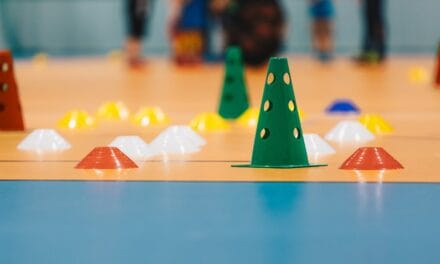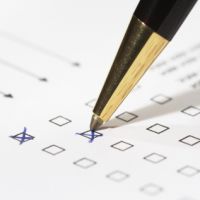Physical Education (PE) lessons are a vital part of a child’s development, fostering not just physical fitness but also teamwork, resilience, and a love for movement. However, the dynamic nature of PE demands a paramount focus on safety. A well-structured and thoughtfully executed lesson prioritises the well-being of every student, ensuring that learning and fun go hand-in-hand.
So, how can educators create PE environments where safety is not just a rule, but a deeply ingrained practice? Here are some best practices to guide you:
1. Risk Assessment: Your First Line of Defence
Before any activity begins, a thorough risk assessment is crucial. This involves:
- Identifying potential hazards: Consider the equipment, the playing surface, the space available, and the nature of the activity itself. Are there uneven surfaces? Is the equipment in good repair? Is there enough room for students to move freely without collision? Are there any safeguarding concerns?
- Evaluating the likelihood and severity of risks: How probable is an injury, and how serious could it be? This helps prioritise which risks need the most immediate attention.
- Implementing control measures: Put strategies in place to minimise or eliminate identified risks. This might involve adjusting the activity, modifying the environment, providing protective gear, or establishing clear safety rules.
2. Clear Communication and Instructions: Setting the Stage for Safety
Students need to understand the expectations and potential dangers involved in each activity. Effective communication is key:
- Provide clear and concise instructions: Use simple language and demonstrate the activity, emphasising safe techniques and procedures.
- Highlight potential hazards: Explicitly point out any risks involved and explain how to avoid them.
- Check for understanding: Ask students to repeat instructions or demonstrate key movements to ensure they’ve grasped the safety guidelines.
- Use visual aids: Diagrams, posters, or even simple hand signals can reinforce safety messages.
3. Equipment Readiness: Ensuring Safe and Functional Tools
Safe participation hinges on the reliability of the equipment used. Regular and thorough checks are vital:
- Pre-Activity Inspections: Conduct a quick but crucial check of all equipment before each lesson. Look for any signs of damage, wear and tear (like fraying ropes or cracked basketball hoops), or missing parts.
- Student Involvement (Age-Appropriate): Where appropriate and safe, involve students in basic equipment checks. This fosters a sense of responsibility and helps them learn what to look for.
- Clear Reporting Procedures: Establish a simple system for students and staff to report any equipment concerns immediately. Ensure these reports are addressed promptly and equipment is maintained.
- Age and Skill Appropriateness: Always ensure that the equipment provided is the correct size, weight, and type for the age and skill level of the students using it.
4. Preparing Bodies for Action: The Importance of Effective Warm-ups and Cool-downs
These bookends of a PE lesson are fundamental for injury prevention and promoting long-term physical well-being:
- Dynamic and Engaging Warm-ups: Initiate each lesson with dynamic movements that gradually increase heart rate, blood flow, and joint mobility. Think arm circles, leg swings, and torso twists. Make them active and relevant to the upcoming activities.
- Activity-Specific Preparation: Incorporate warm-up exercises that specifically target the muscle groups and movements that will be heavily used in the main part of the lesson. This primes the body for the demands ahead.
- Progressive Cool-downs: Conclude each lesson with a gradual decrease in activity intensity followed by static stretches, holding each stretch for an appropriate duration. Focus on the major muscle groups used during the lesson to improve flexibility and reduce muscle soreness.
- Emphasis on Technique and Purpose: Explain to students why warm-ups and cool-downs are important, emphasising their role in preventing injuries and improving performance. Demonstrate correct stretching techniques.
Use PE Office
To truly spark a love for movement, PE lessons thrive on being dynamic and well-organised. PE Office offers a valuable solution by streamlining planning, providing engaging resources, and tracking student progress. Its comprehensive tools empower educators to create varied and stimulating sessions, freeing up time for more direct student interaction and impactful teaching.
Discover how PE Office can elevate your lessons by browsing the online store here.










